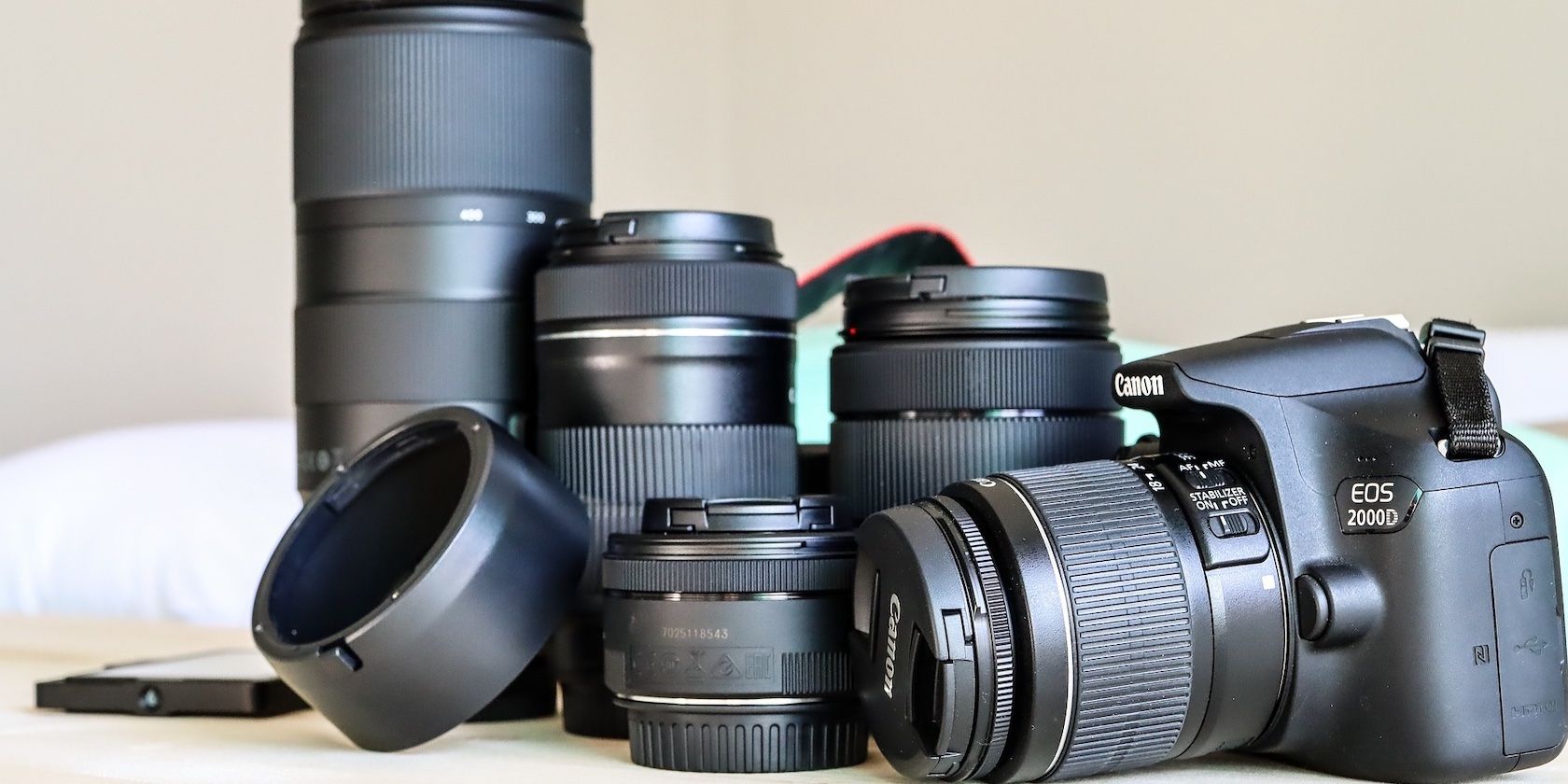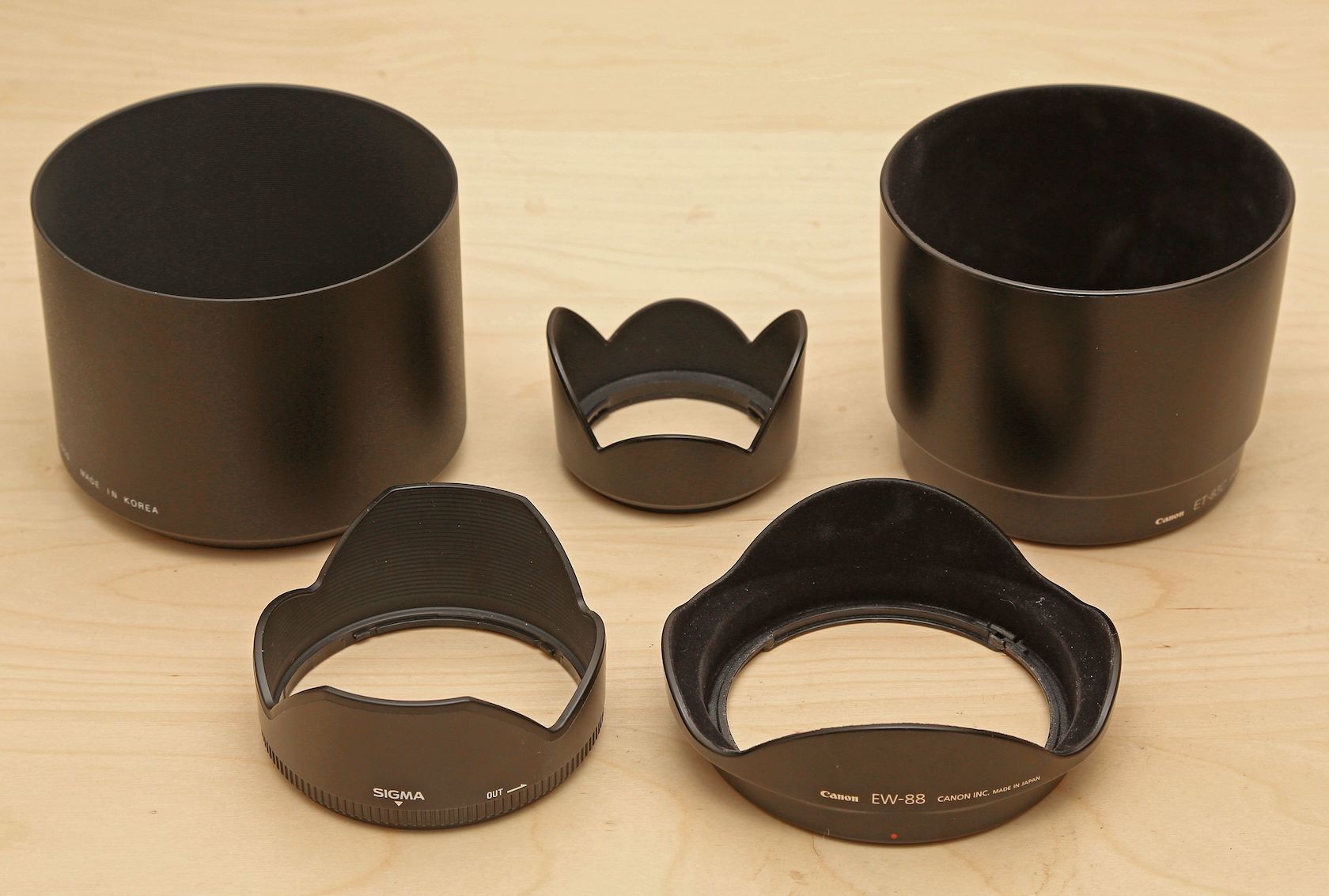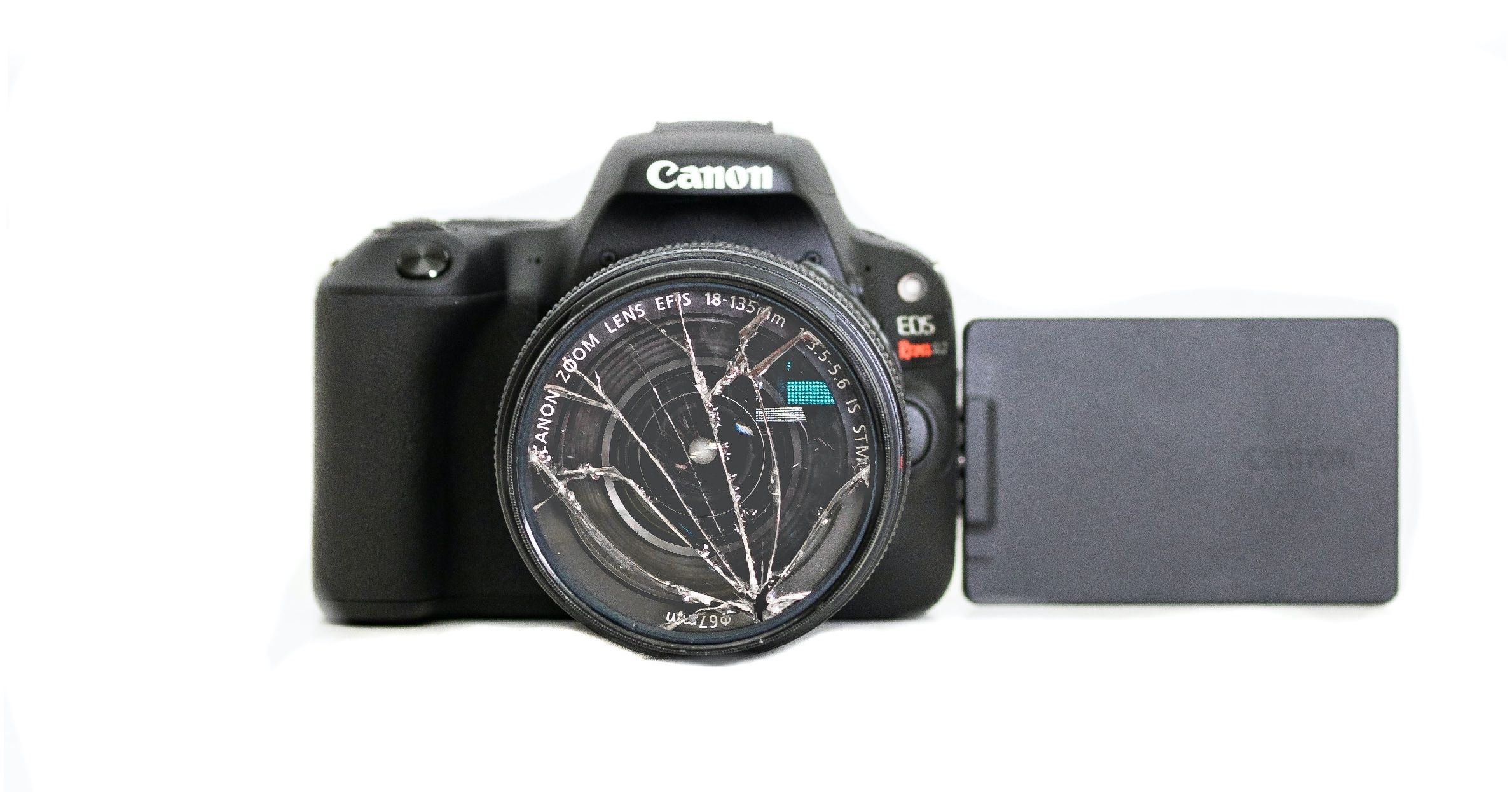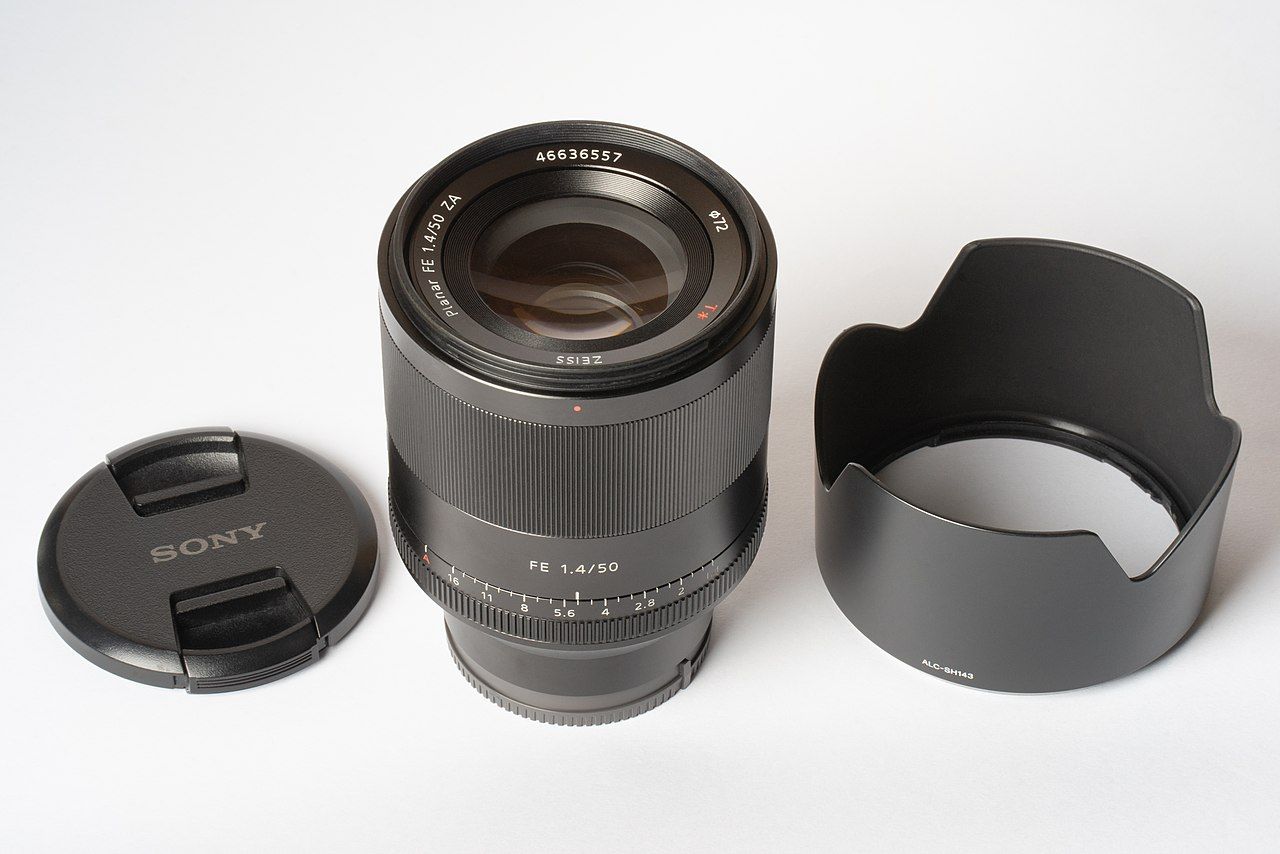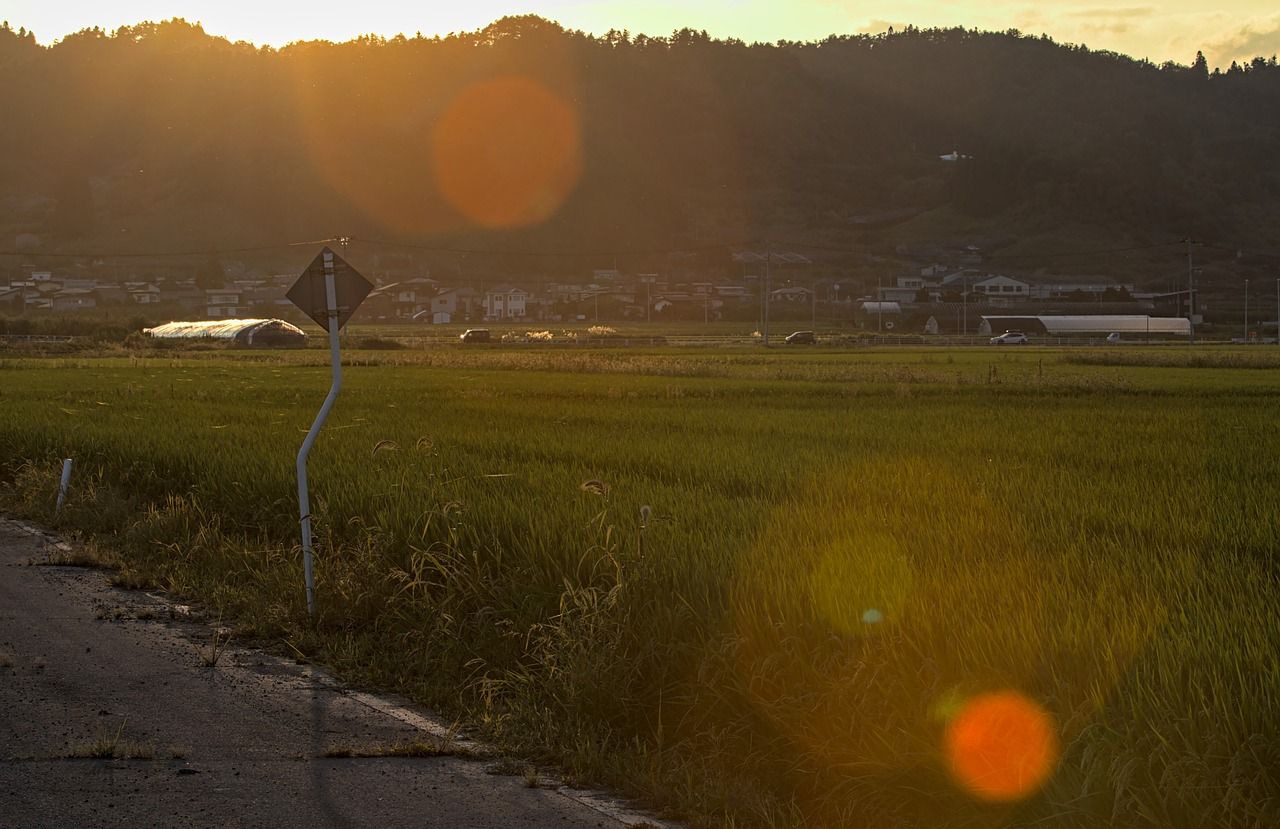Did you buy a new lens recently? And are you wondering why the manufacturer has included a lens hood? If you have used only your kit lenses, you may be new to the world of lens hoods. However, these hollow plastic things have some important jobs to do, and that's why they are included by default with your lens.
Let's learn all about the lens hood and why you should use it.
What Is a Lens Hood?
First, let's understand what exactly is a lens hood. It is a hollow circular ring made of plastic. Usually, it is cylindrical, but it can be of other shapes depending on the type of lens you're buying. The lens hoods are generally not included with the kit lenses.
When you buy a prime lens or an expensive zoom lens, you can expect to find one with it. However, if you don't get one with yours, chances are, you can find a third-party one for your lens model online. Also, you have to get different lens hoods for different lenses—there is no one-size-fits-all solution.
Types of Lens Hoods
You may get either the standard cylinder-shaped or a petal-shaped lens hood along with your lens. The standard ones come with your telephoto lenses, while the petal or tulip-shaped ones are for wide-angle lenses.
If you use a standard lens hood with a wide-angle lens, it may show up in the photos. That's why you get a tulip-shaped one with inward curves to prevent it from showing in the images.
With a longer focal length, you are looking at a faraway scene, so having a cylindrical hood is perfectly fine. Need some help with understanding focal length? See this article introducing focal length in photography.
Square-shaped lens hoods are special ones meant for ultra-wide and cinematic lenses.
Advantages of Using a Lens Hood
The lens hoods are added as a part of your lens package for good reasons. Here are some.
Provide Shade
A lens hood's primary purpose is to shade the front areas of your lens and avoid flare in your photos. Flare happens when light falls on the lens's front element at an angle and scatters. Adding a lens hood can help you control the extra light from hitting the lens.
Protect Your Lens
Another great advantage of the lens hood is that it can protect your lens from accidental smudges and scratches. They can be a pain to remove from the glass elements of your lens. Lens hoods can also shield your lens from elements like water, dust, sand, and so on. At times, it can also guard your lens against hits and falls.
Improve Contrast
Using a lens hood ensures you don't get that dull, washed-out look when shooting under bright sunlight. If you're shooting in midday and want nice contrasty images, make sure to pack your lens hood. With a lens hood, your photos will look much better with rich colors.
Avoid Reflections
Lens hood can also be handy when you're shooting through glass. If you put on the lens hood and shoot right near the glass, you can avoid reflections and glare in your photos. It can be helpful for taking pictures through a glass-walled building or in an aquarium. You can see our guide to preventing reflections in your images for more.
How to Carry Lens Hoods
As you can see, lens hoods are an essential accessory to have in your camera bag. You can turn it around and put it on your lens facing the other way. But unfortunately, it can be bulky and take up a lot of room, especially if you have a super-telephoto lens or carry multiple lenses. As a result, many photographers choose to leave it at home to save space.
But they are hollow, and you can find creative ways to carry them. For example, you can stack multiple hoods to make them compact. Another way to take them with you is to thread them through your camera bag's strap.
Scenarios Where You Don't Need a Lens Hood
Although there are many good reasons to use a lens hood, there are some situations where you may want to avoid using one.
To Shoot Discreetly
Are you a street photographer looking to get authentic images? Then, you can gladly leave your lens hood in your bag. Lens hoods make your lens look longer and make your camera visible to others. If you don't use a lens hood, you can easily blend in with the crowd without giving yourself away as a photographer, especially with a smaller camera and lens.
For Creative Flair
Many photographers use lens flare to their creative advantage. For example, a lens flare can add to the airy feeling when taking sunny scenes. There are different types of flare effects, like ghosting and veiling. In addition, you can get different flare effects with various lenses.
You can always add lens flare to a photo in Photoshop, but getting it naturally through your lens is a fun experiment to try.
While Using Built-In Flash
This is a situation where you do not want the lens hood to be in the way. Using your camera's pop-up lens and the lens hood can block the light from entirely falling onto your subject.
On Cloudy Days
Since there is no bright light on cloudy days, it is safe to use your camera without a lens hood. In fact, using one can reduce the amount of light entering your camera and make the images look underexposed. Keep this in mind if you're used to shooting with your lens hood always on. Just reverse the lens hood, put it backward, and continue clicking.
Always Pack a Lens Hood in Your Camera Bag
Though there are quite a few instances where you don't have to use a lens hood, it is better to have it with you all the time. You don't know when you will run into a situation where you need one. Even if you don't use it to improve the quality of your images, it can help keep your lens in pristine condition.

